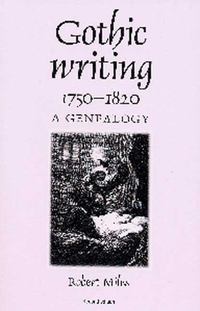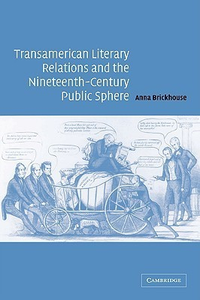Images in Mind: Lovesickness, Spanish Sentimental Fiction, and Don Quijote

Summary
Fifteenth-century Spanish sentimental fiction can be described as a palimpsest, a dense web of entangled, faded readings and a challenge to the reader. While the parameters of writing sentimental fiction and its textuality have been explored with great success, its readers and how they approached these works have been largely neglected.
Based on a reconstruction of the medical notion of love-as-sickness, premodern reading habits, and interpretive strategies, this book approaches canonical works of sentimental romance from the perspective of a medical-sensitive reader. An analysis of Don Quijote silhouetted against the subtext of sentimental romance reveals how faculty psychology and lovesickness resonate in Golden Age literature.
Similar Books
-
 Writing the Past, Inscribing the Future: History as Prophecy in Colonial Java
Writing the Past, Inscribing the Future: History as Prophecy in Colonial Javaby Nancy K. Florida
-
 Short Voyages to the Land of the People
Short Voyages to the Land of the Peopleby Jacques Rancière
-
 Gothic Writing 1750-1820: A Genealogy
Gothic Writing 1750-1820: A Genealogyby Robert Miles
-
 Romantic Writing and Pedestrian Travel
Romantic Writing and Pedestrian Travelby Robin Jarvis
-
 Transamerican Literary Relations and the Nineteenth-Century Public Sphere
Transamerican Literary Relations and the Nineteenth-Century Public Sphereby Anna Brickhouse
-
 The Historic Imaginary: Politics of History in Fascist Italy
The Historic Imaginary: Politics of History in Fascist Italyby Claudio Fogu
-

-
 Poetics Of The Pretext: Reading Lautréamont
Poetics Of The Pretext: Reading Lautréamontby Roland-François Lack
-

-
 English Literature and the Russian Aesthetic Renaissance
English Literature and the Russian Aesthetic Renaissanceby Rachel Polonsky
-
 The Elsewhere: On Belonging at a Near Distance
The Elsewhere: On Belonging at a Near Distanceby Adam Zachary Newton
-
 First Encounters in French and German Prose Fiction, 1830-1883
First Encounters in French and German Prose Fiction, 1830-1883by Sima Kappeler